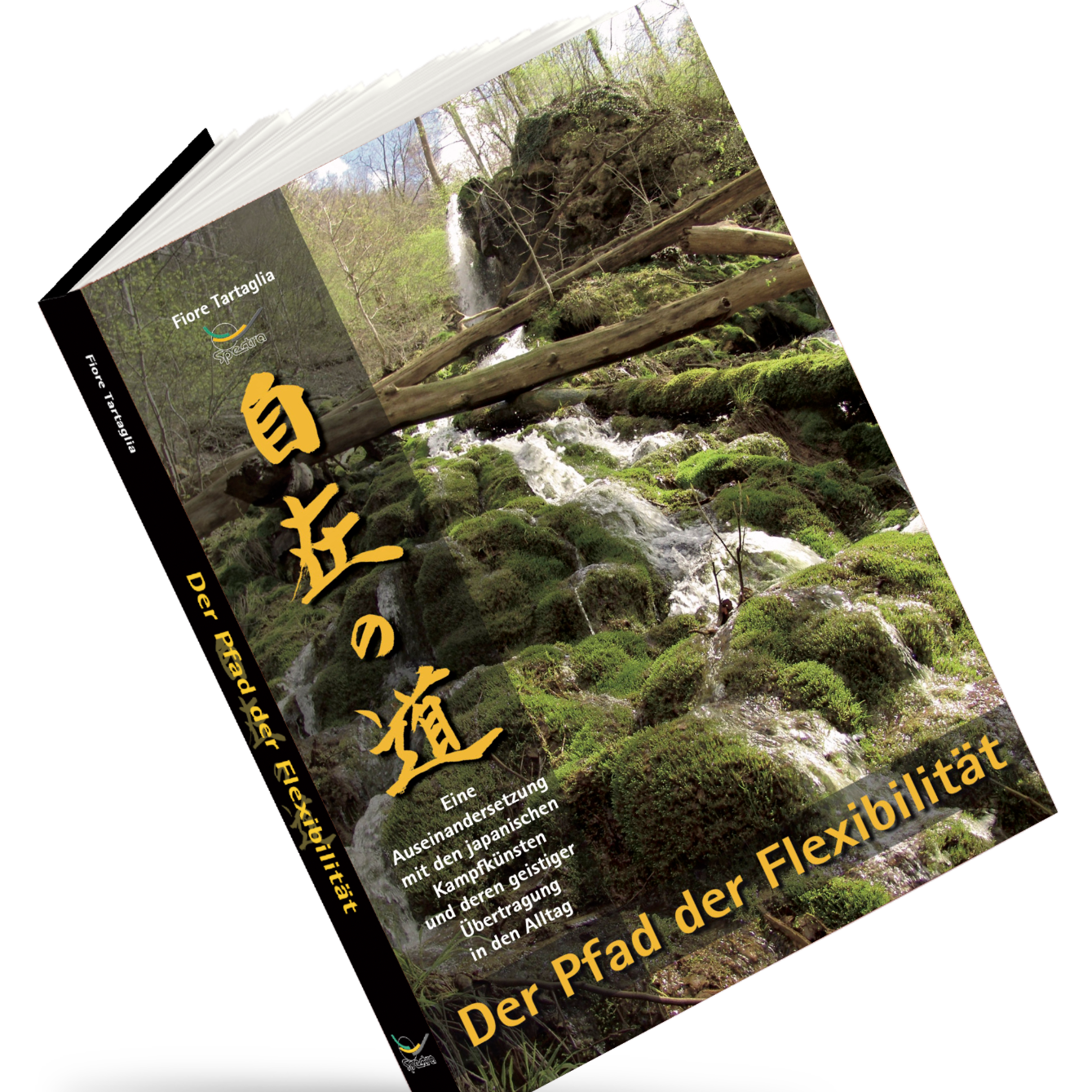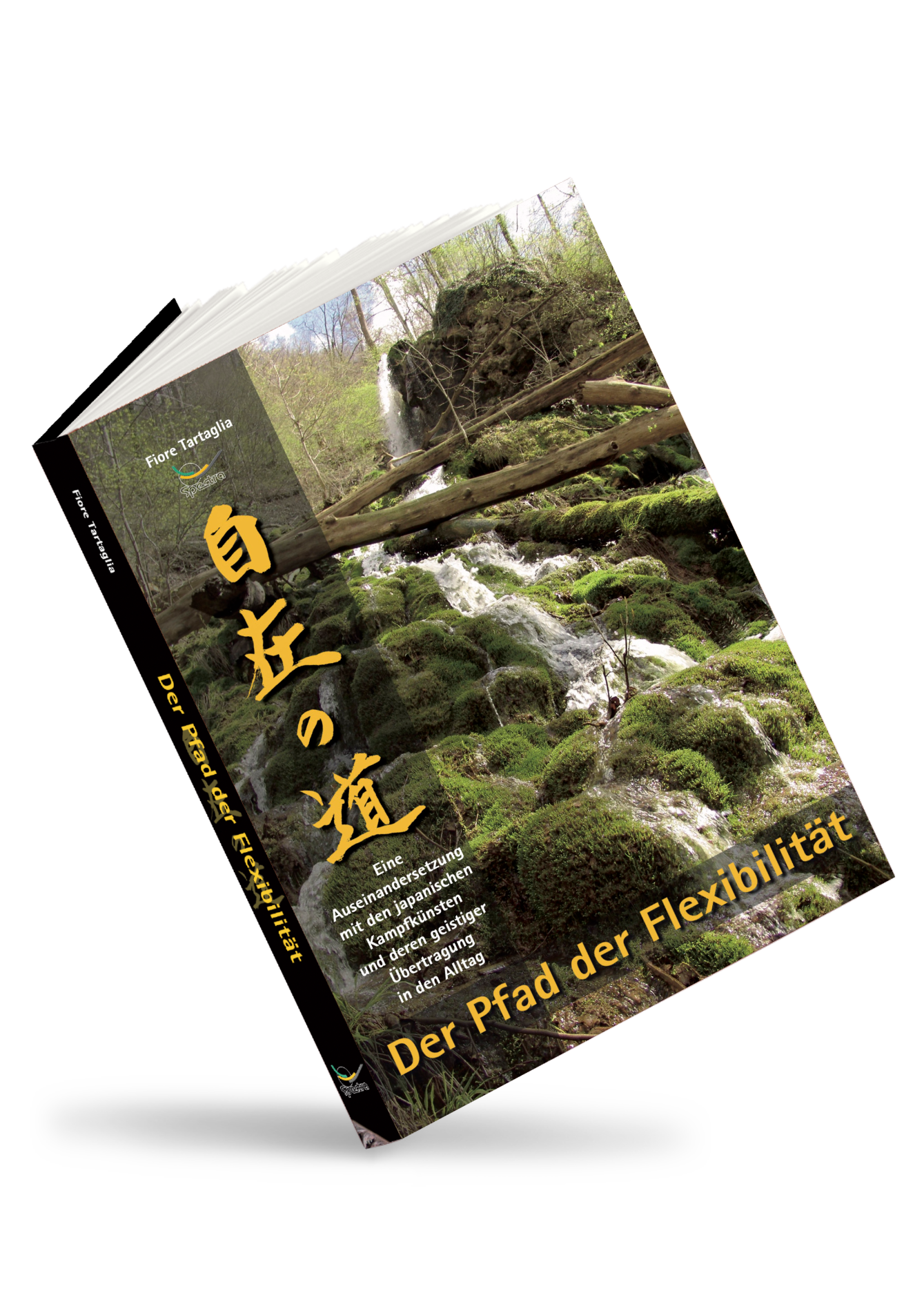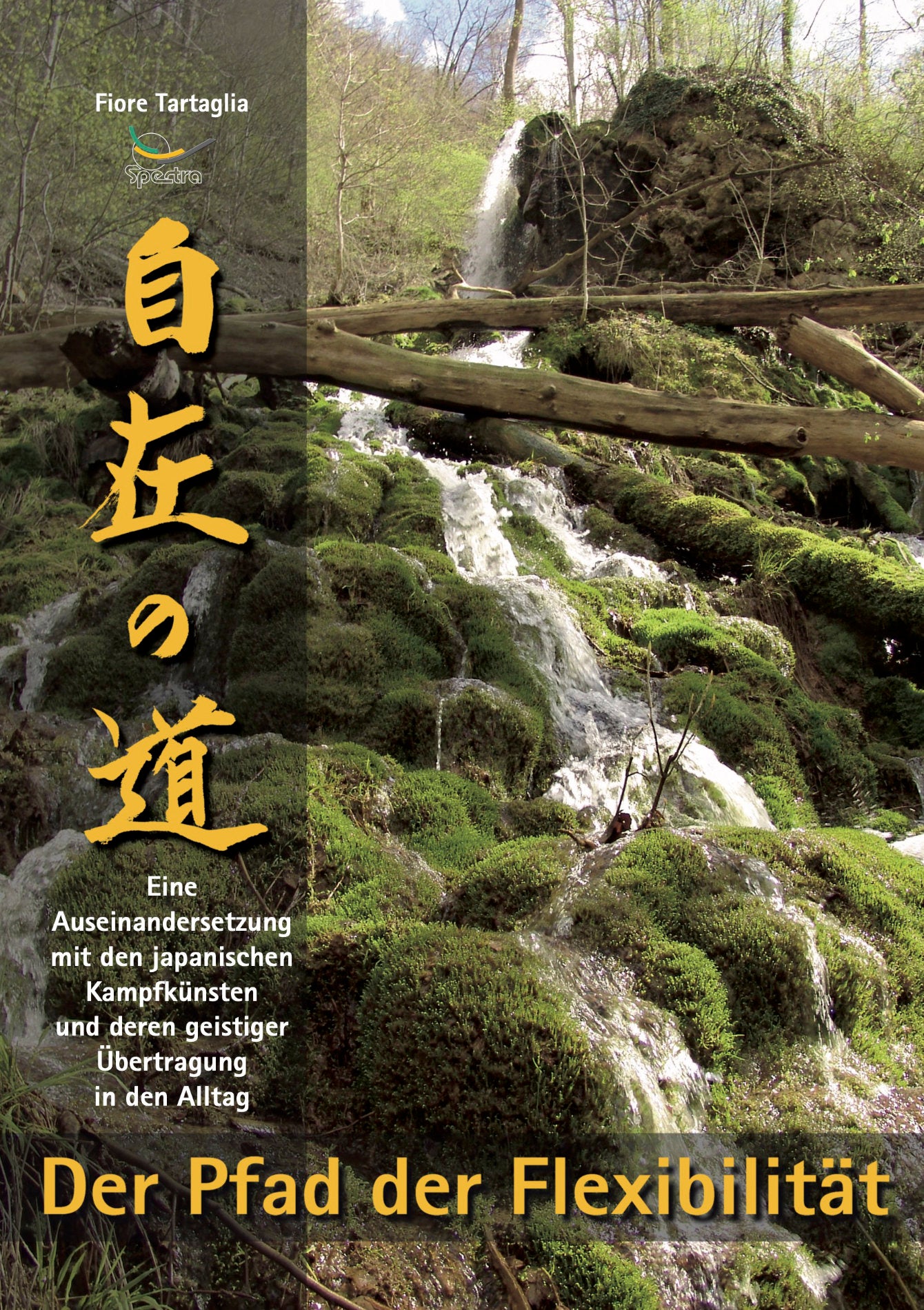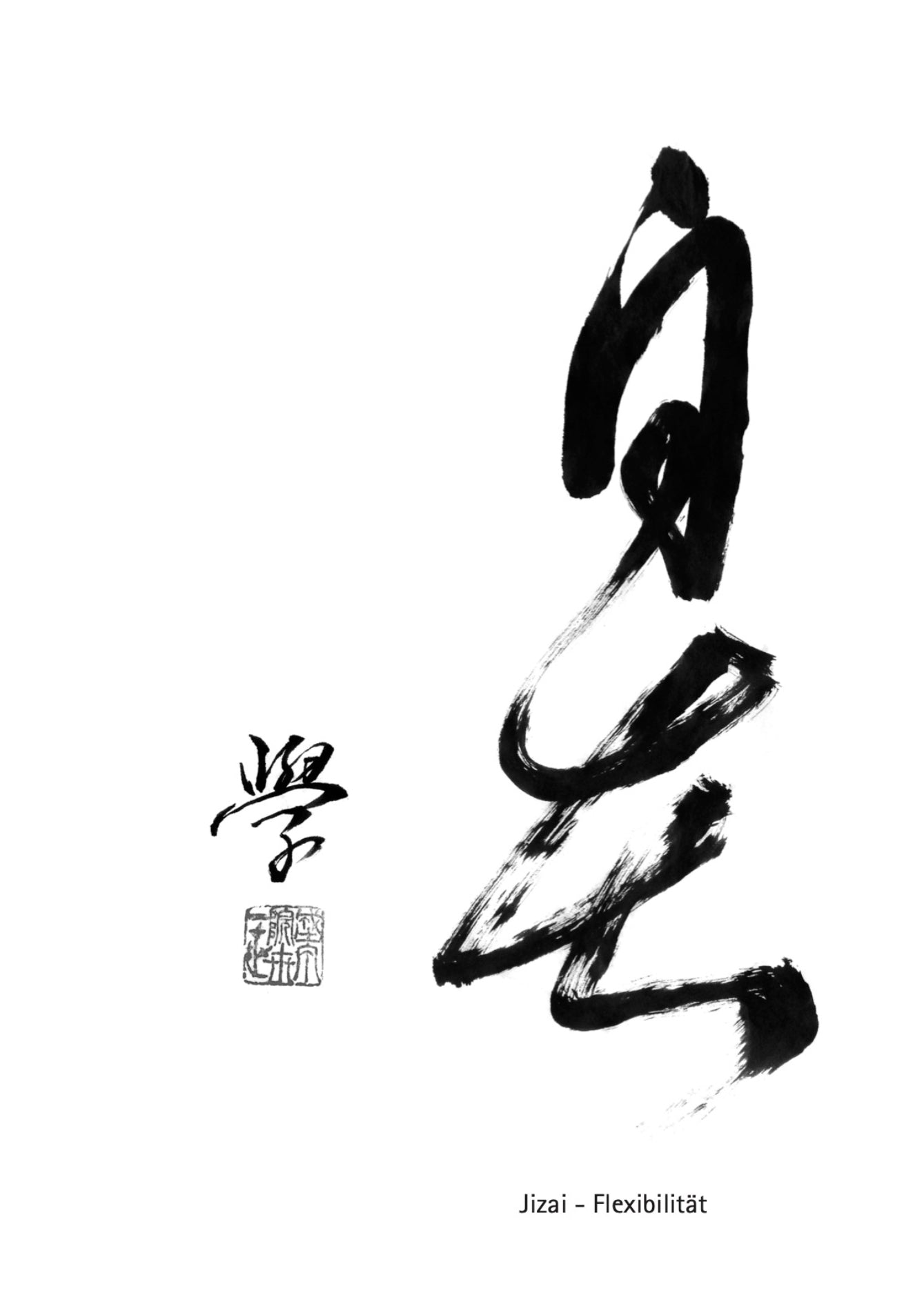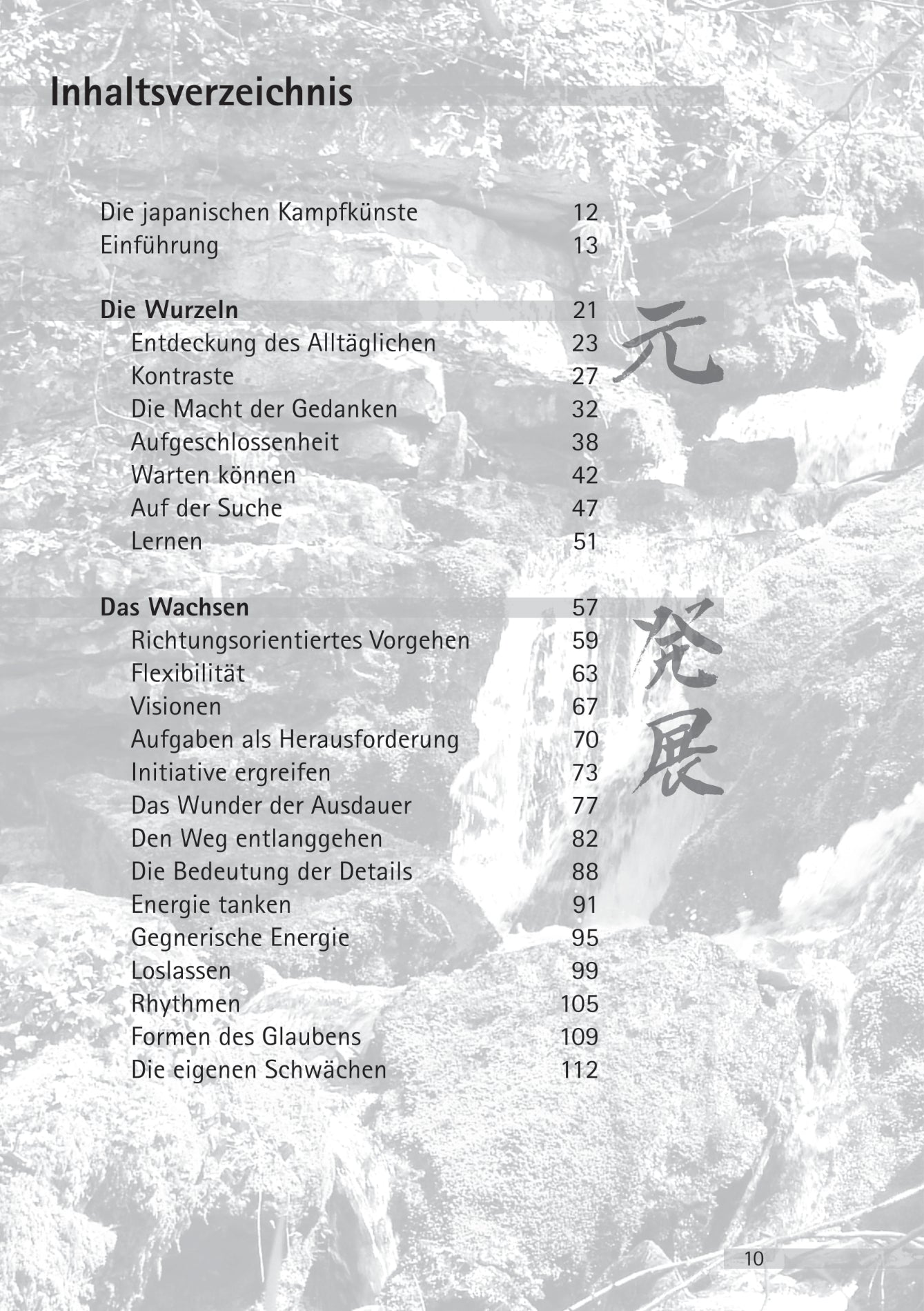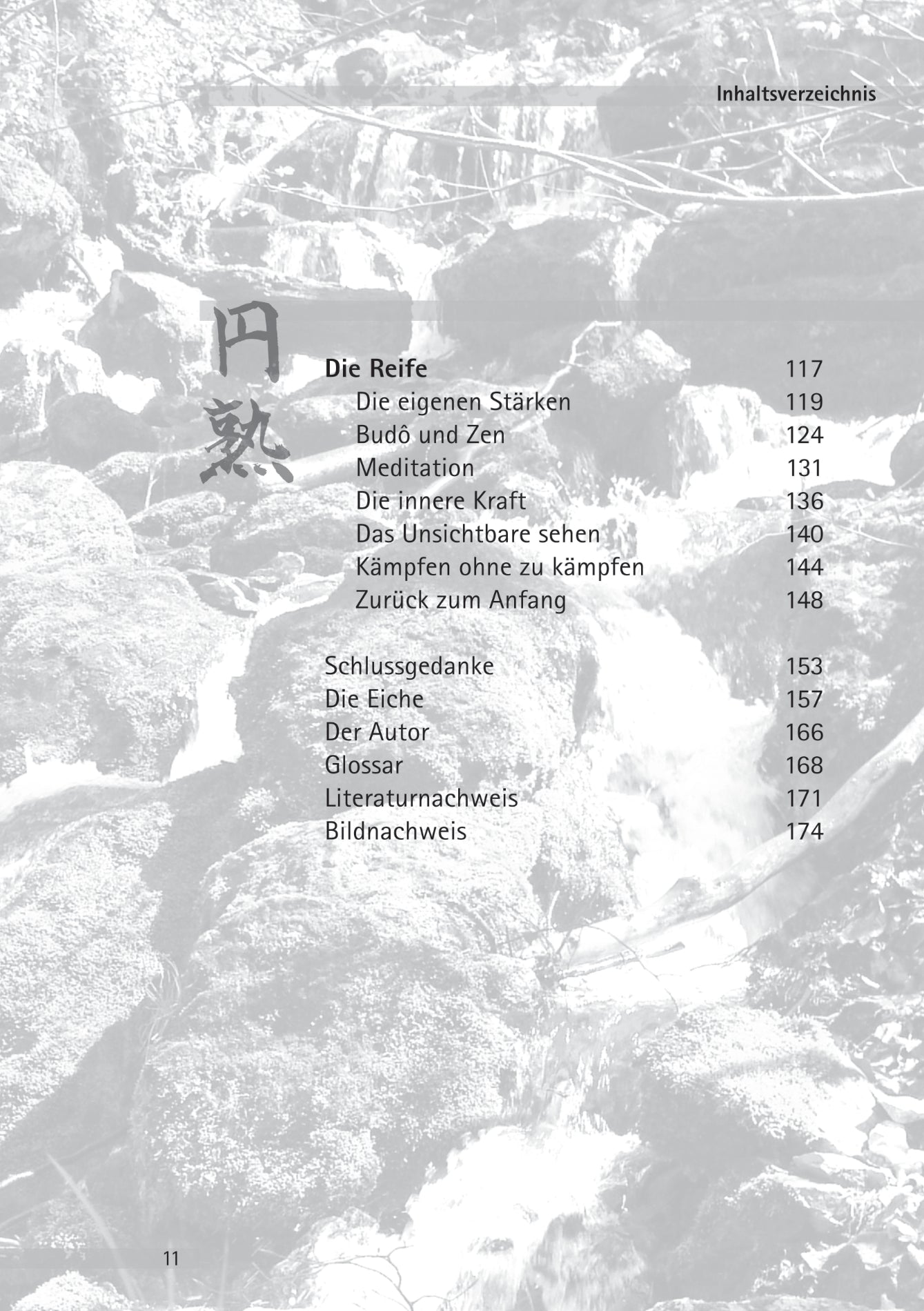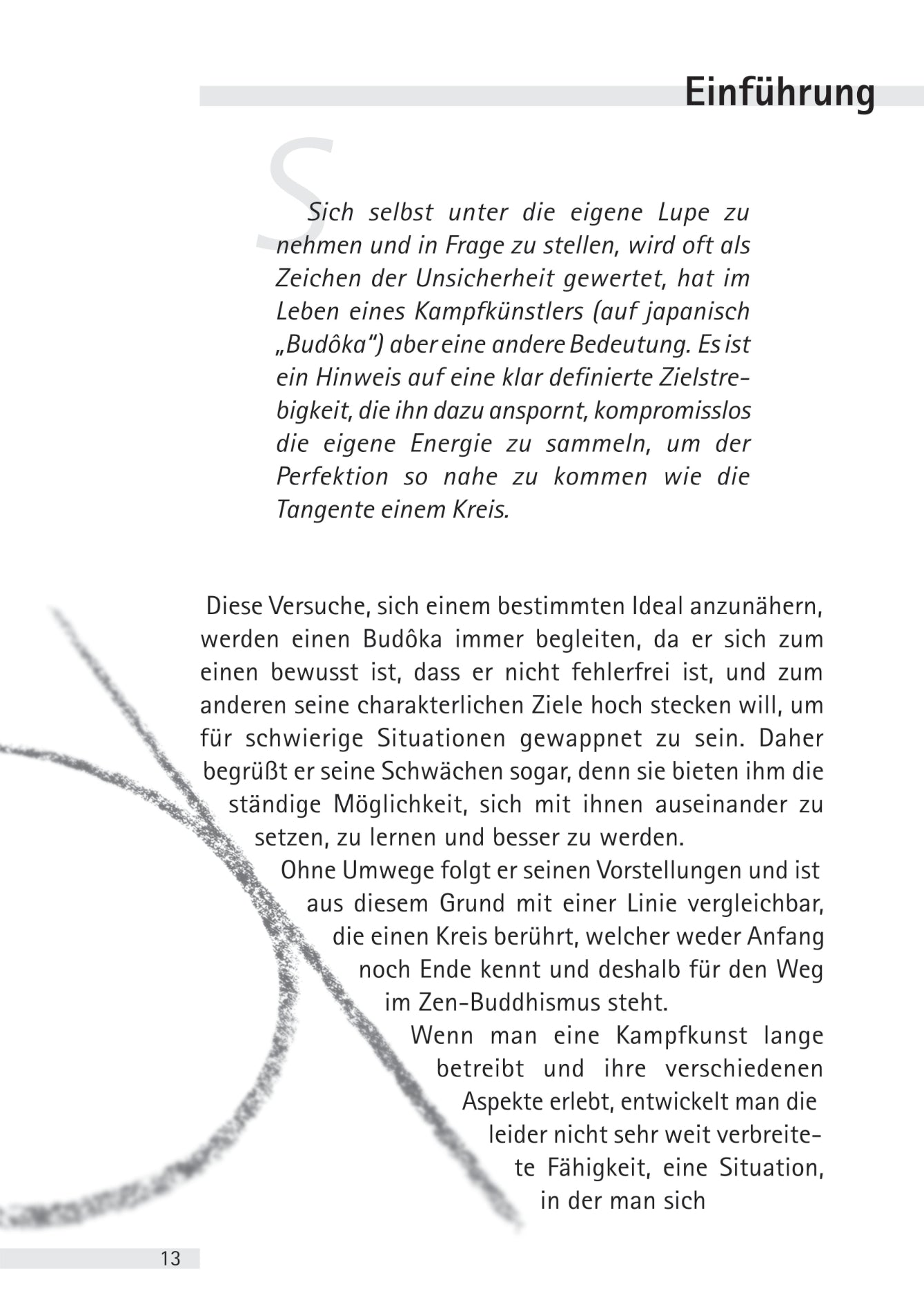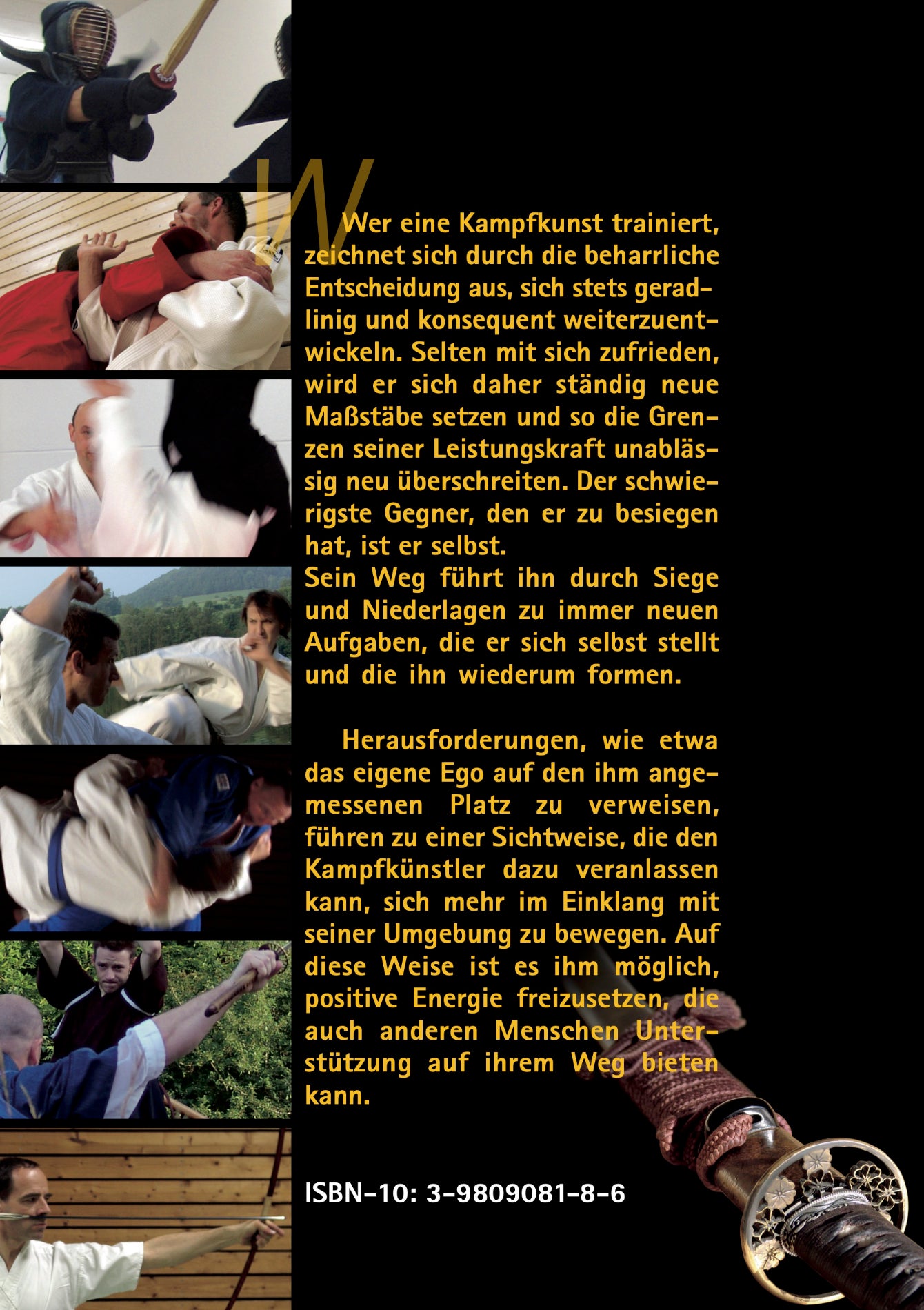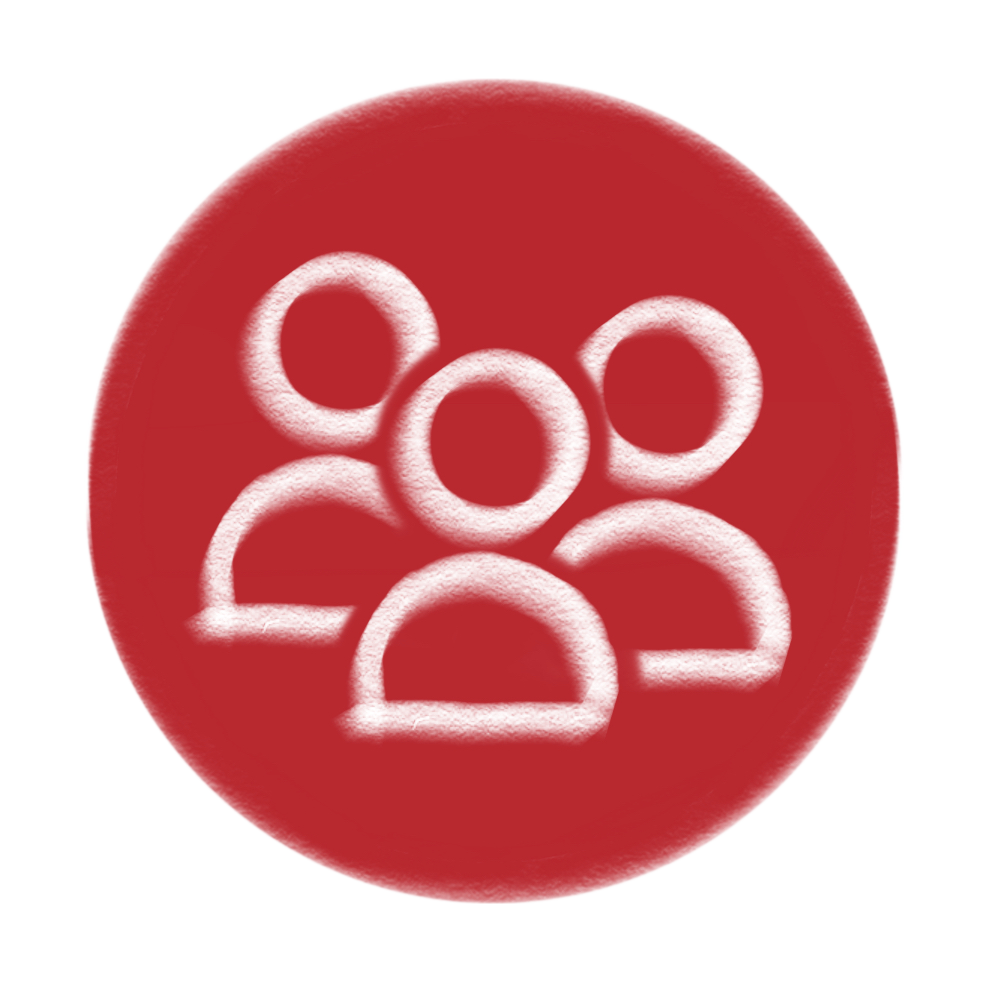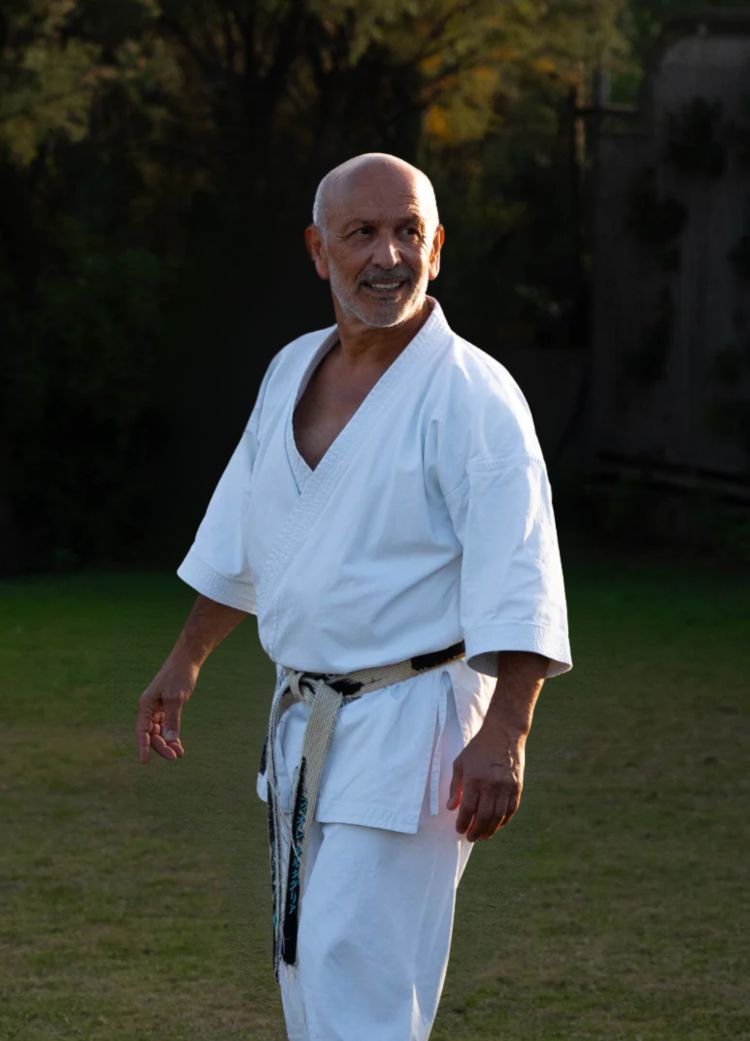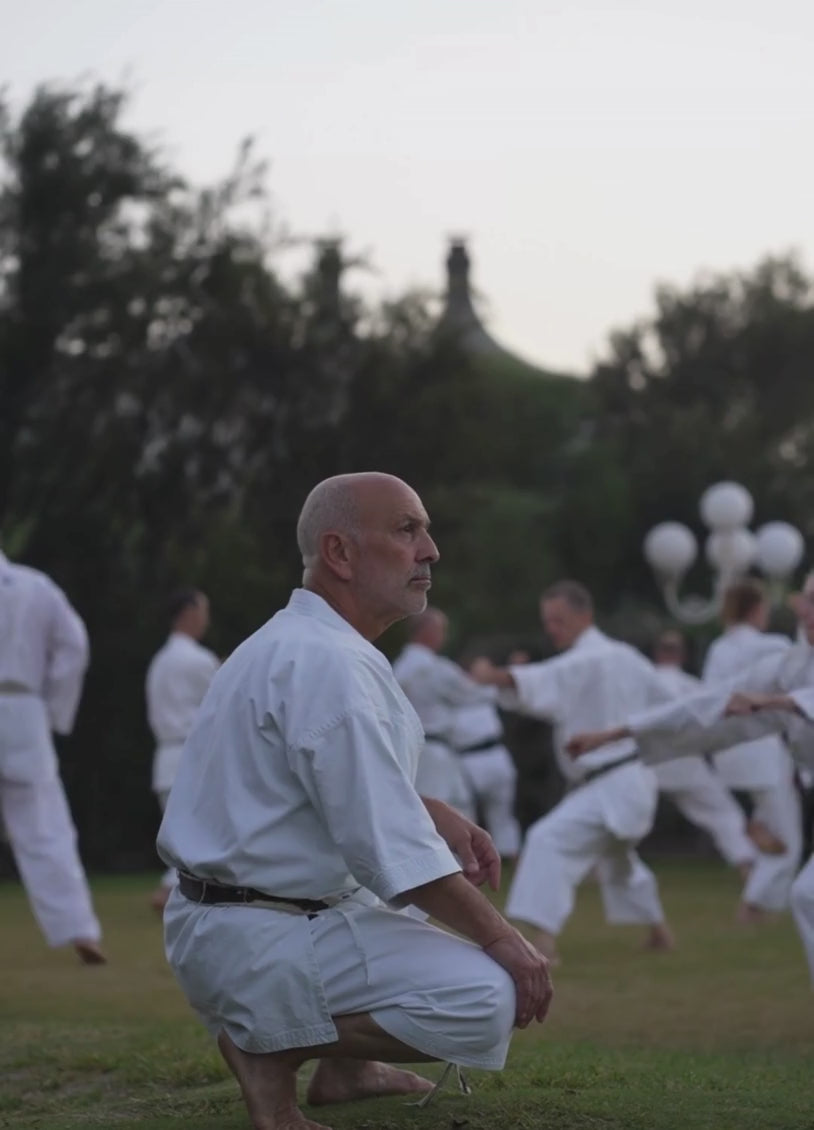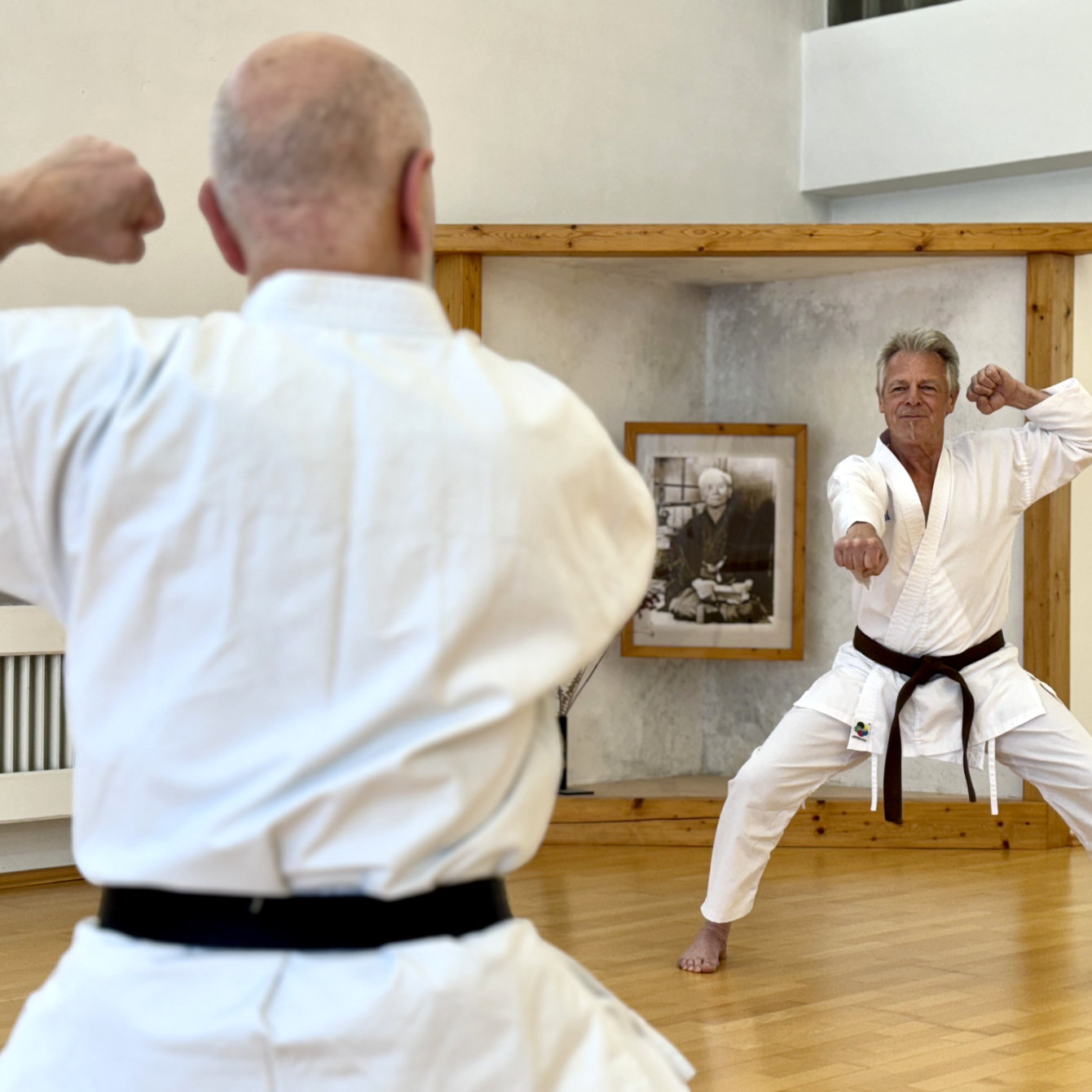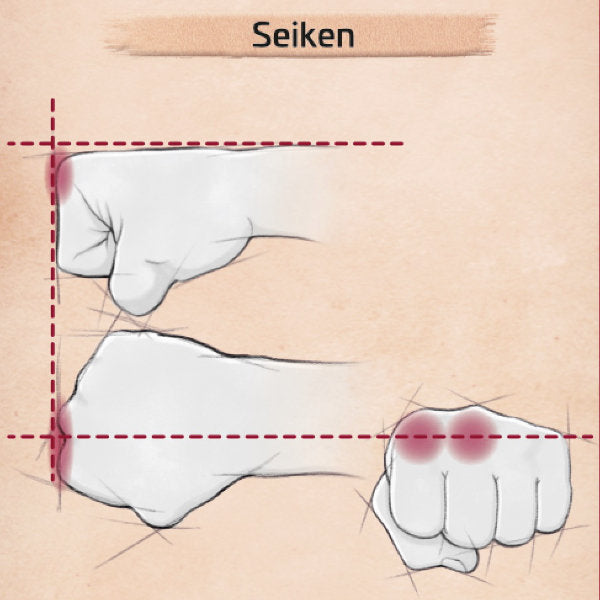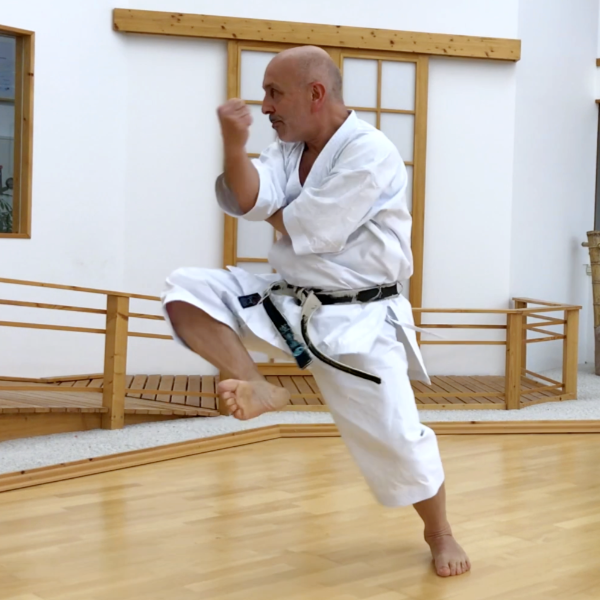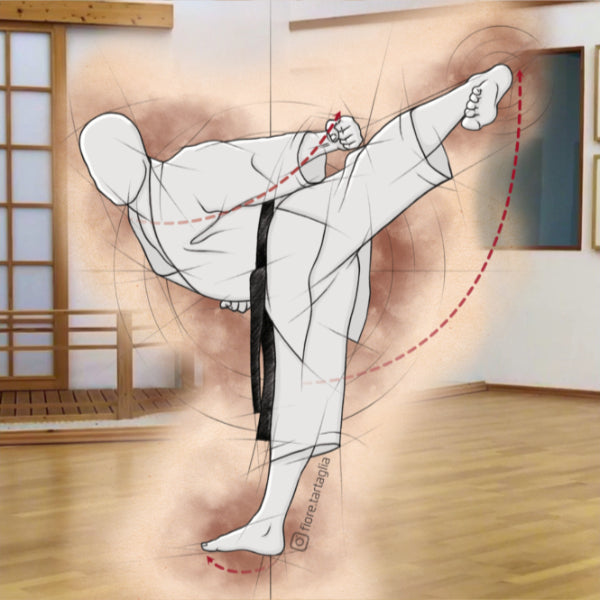🇩🇪DE
The Path of Flexibility – Book for Martial Arts in Everyday Life
An inspiring book about the spiritual depth of martial arts – and how you can apply these values to your daily life.
Couldn't load pickup availability
Product details
Scope of delivery
Technische Daten
Additional information
Artikel lesen

The path of flexibility
An examination of Japanese martial arts and their spiritual transfer into everyday life.
Fiore Tartaglia. Spectra-Verlag, Göppingen 2006. Hardcover, 174 pages. ISBN 3-9809081-8-6
Review by Dr. phil. Jörg-M. Wolters, Institute for Budo Pedagogy, Stade
Finally, a new textbook dedicated to Budo, the martial art, and its "inner" essence, highlighting its personality-enhancing effectiveness and positive significance for those who practice it.
This is written by someone who is himself a proven practitioner and profound theoretician and who obviously really understands the subject matter - unlike most who, even after years of activity and supposedly acquired mastery with the black belt level, still primarily concern themselves with the "external" aspects of the martial "sport" and are unable to recognize, let alone unearth, the true treasure of Budo that is hidden from so many.
This book could provide a remedy. It reflects the specific training practices, the typical learning paths, and the experiences inherent in them of the practitioners. It shows what can be learned "behind" the external, visible, and measurable success of long-time practitioners for one's own life, and what significant insights can arise from the experiences typical of martial arts, which, when implemented correctly, release positive forces in everyday life.
However, the author assumes somewhat too optimistically that anyone who practices martial arts long enough, thanks to the wisdom contained in the teachings of "Do," would almost automatically come to terms with their own weaknesses and discover, admit, and avoid their own character flaws and weaknesses (p. 14). According to this, every martial artist and practitioner would be a grateful, humble, straightforward, conscious, friendly, peaceful, reflective, and living in harmony with nature and their environment, a good person—but reality all too quickly bursts this beautiful hope like a soap bubble; we all know better from our own experience, unfortunately.
The vision of the infallible martial artist, who is at least constantly working on himself, seems a little too idealistic and – despite the entirely desirable transfer of the Budo spirit and the actual experiences in the dojo into the "normal" world – sometimes exaggerated to the point of fantasy. And the
The "example of the Budoka," presented as "proof of the adaptability that counters an approaching force with gentleness even outside the dojo," who, thanks to his skills (instinctive evasion and rolling), soon survives even a collision with a car that hits him without any harm, testifies to this euphoric exaggeration into the unreal and undermines the otherwise usually very sensitively and understandably developed genuine opportunities for the further development of psychophysical, emotional, social, and spiritual human potential through learning and practicing a martial art. However, those genuine opportunities for inner growth and maturation are presented admirably and largely plausibly, although, as mentioned, mostly as logical rather than "merely" as truly possible consequences of engaging with Budo.
And the author also correctly states several times that "one's own ego is always the toughest opponent" and that defeating it requires maximum energy (p. 52), so that this realistic view and the contained, yet unmentioned, hint of the failure of expected learning successes simultaneously relativizes the blanket praise of martial artists.
Nevertheless, the author's parallels between Budo progress and "better humanity" can be read as important indications with a very strong call to practitioners to understand and practice their martial art beyond technique, sport, movement and physicality as a holistic path, as spiritual training and a systematic method of educating and promoting one's own personality.
This is where the author's special merit lies. His unspoken yet unmistakable appeal to martial arts practitioners, which should not be ignored (and, in my opinion, is far more valuable than the philosophical messages to interested laypeople, which, due to their idealization, are easily misunderstood), outweighs some of the glorification. A very readable work, which is also lavishly and beautifully illustrated, as we have come to expect from other works by the author. We wish him a broad readership, also to restore the martial arts to their true value—as a path to self-discovery and self-improvement.
